Being an active and progressive practitioner of the Civil Services, Dr. Heera Lal’s philosophy is to enable governance in a manner which makes it effective, efficient, accountable and transparent.
He strongly believes that it is significant as it helps create an environment for civic engagement and participation, allowing citizens to hold authorities accountable and contribute to the development of their communities. Moreover, good governance is essential for ensuring human rights and upholding the rule of law, which are fundamental to the stability and prosperity of any society. Overall, good governance is a cornerstone of Indian democracy and it is important that we as people, continue to strengthen it.
Dr. Heera Lal follows a robust model of good governance which has always yielded him progressive results. His below illustrated model can be a good reference point for various policymakers, organizations, and individuals
Examples for good governance
Dr. Heera Lal’s model of good governance and his unmatched ability to bring various stakeholders together has shown some phenomenal results. Let us have a look at few of these success stories which were a direct result of effective and good governance.
8 Indicators of Good Governance Prescribed By UN
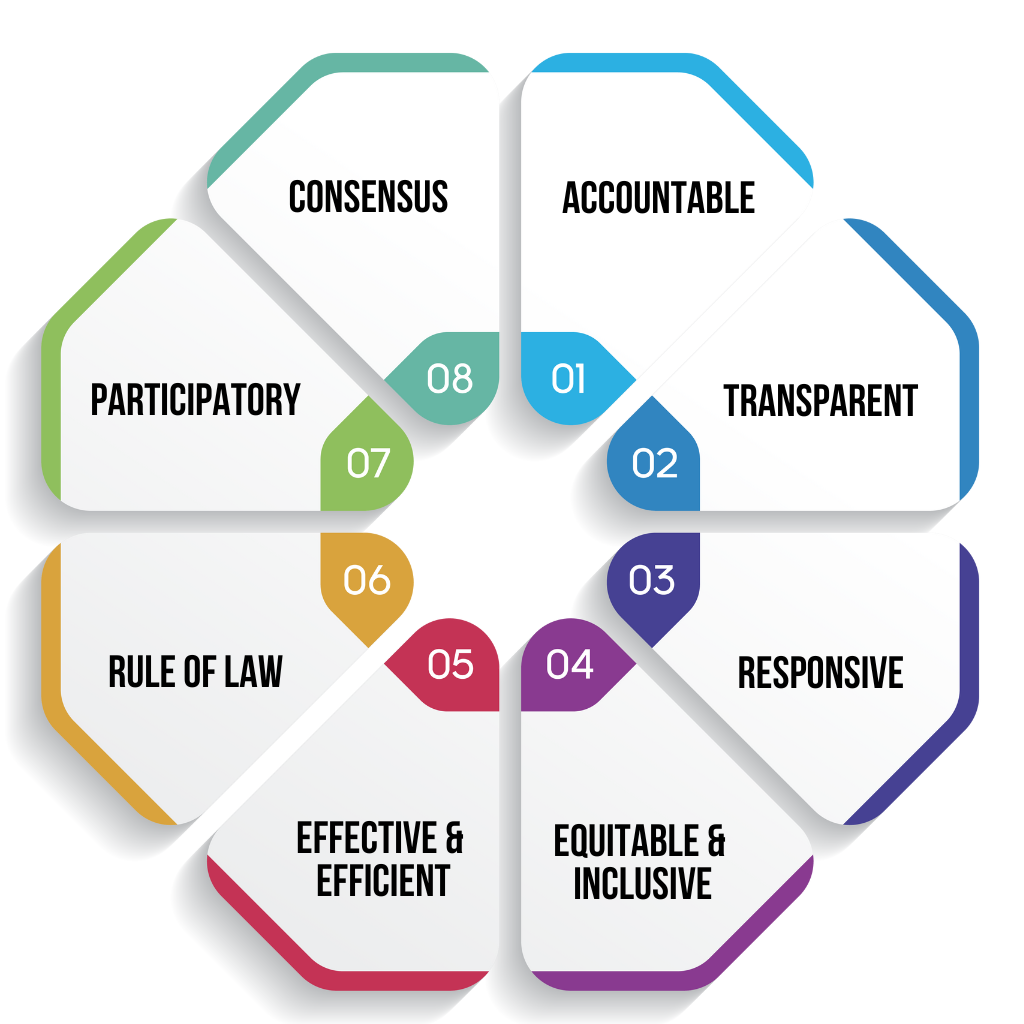
8 Indicators of Good Governance Prescribed By UN
1. Water in Banda - From being a law and order problem to people unifier!
Banda in Bundelkhand region of Uttar Pradesh has always been a water deficit district. It often led to law and order problems. By means of conceptualising a water conservation campaign by the name of Bhoojal Badhao, Peyjal Bachao Abhiyaan and Kuwan Taalab Jiaon Abhiyaan, Dr. Heera Lal was not only able to bring together erstwhile opposing citizens, but was also successful in getting all departments together to work towards the common goal of solving the water problem.
The result was a drastic increase of 1.34 m in ground water table level. A feat unheard of, was a direct impact of Dr. Heera Lal’s good governance.
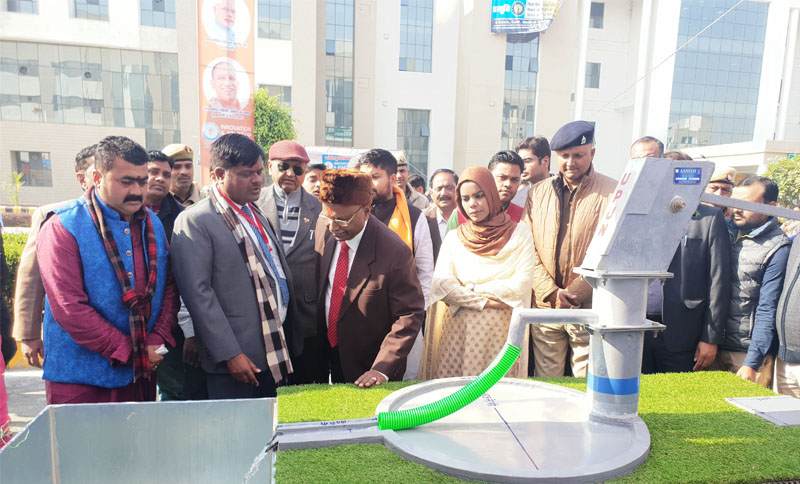

2. Agriculture - From a loss making profession to a money making business!
While on one hand Dr. Lal was working on conserving water, he was also simultaneously working on ensuring new methods of practicing agriculture. These methods focussed on optimally utilizing the available land, water and other resources which could increase the produce of the farmers. A med pe ped method, which essentially meant growing crops on the small elevated partitions created on the farm lands provided an opportunity to grow more in the same area.
This, combined with the increase in water level enabled an increase of 18.3% crop productivity in Banda. This not only increased the incomes of the farmers, it also inspired migrant villagers to come back to their villages and start a prosperous life in their own backyard.
3. Creating a national record for increasing voting percentage in national Lok Sabha elections
The importance of exercising one’s democratic franchise can never be highlighted enough. Taking this message to the last person in Banda, Dr. Heera Lal made sure that all sections of teh society took this right seriously and turned out to vote. Dr. Lal deployed innovative cultural and social activities to create a buzz around the act of voting in elections. This motivated the otherwise indifferent voter to get excited about going to vote in an informed manner.
Setting a national record, Banda displayed the highest increase in voting percentage across India, a record which even stands today. Again, the foundation of good governance was the key to make this happen.

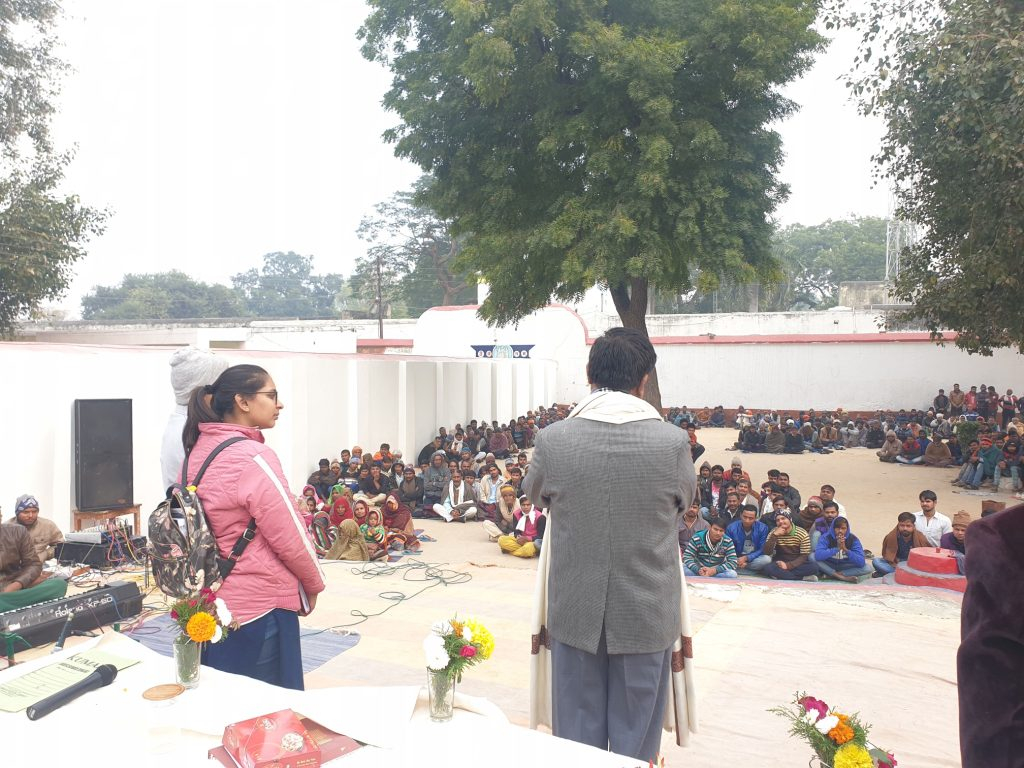
4. Prisons
A temple of reformation and transformation Criminal and anti social elements of our society are bound to a prison as punishment. However, a larger role that prisons are supposed to perform is often forgotten. The role to transform prisoners as human beings. Taking this role upon himself, Dr. Lal setup systems and processes in Banda’s jail, which were designed towards a prisoner’s holistic growth and well being. Activities like daily yoga, sports, arts and cultural activities not only acted as a welcome distraction for the prisoners, they also empowered the prisoners towards making efforts for transforming themselves.
Very soon, results of this effective governance intervention started to show results. Prisoners started participating whole heartedly and very soon, Banda’s jail was awarded the best jail award.
5. Ek Din Ka Adhikari - Nayak revisited
Dr. Lal always talks about how governance can be effective only when common citizens are made a part of the governance ecosystem and made to understand and appreciate its intricacies.
Inspired by the movie Nayak, Dr. Lal conceptualized a program called Ek Din K Adhikari, where young students were made an administrative officer for a day and they were made to meet department heads, attend meetings and seeing the functioning of the government up-close.
Towards the end of the day, they were given a task of making a report on their exposure post which they were awarded a certificate by District Magistrate Dr. Heera Lal. This inspired many young students and was a very well appreciated good governance intervention across the country.


6. Start-up innovation
Banda, known as one of the most backward districts in Uttar Pradesh, has long been grappling with deep-rooted issues such as Anna Pratha, water crisis, and malnutrition. These persistent challenges have hindered the district's socio-economic progress, seemingly without any viable solutions in sight. However, it is through the relentless pursuit of the unseen that the impossible can be attained. This principle became the very bedrock of the Gyaan Kumbh - Innovation & Start-Up Summit, conceptualized by Dr. Heera Lal as DM Banda.
The Gyaan Kumbh - Innovation and Start-Up Summit embarked upon a journey to establish a platform. This platform aimed to nurture ideas sourced from the community, fostering a collective effort to tackle Banda's longstanding problems. Driven by this noble mission, the summit successfully accomplished its predetermined goals.
7. Fighting Malnutrition
DUndernutrition badly affects the childhood survival and physical and mental development. It has long-term adverse impact on the scholastic performance, productivity and earning capacity during the adult life. As per WHO, severe wasting is the clinical condition of childhood malnutrition and requires medical management in addition to the nutritional management. District Banda of Bundelkhand region in Uttar Pradesh, has high levels of childhood undernutrition:
Malnourished : 47% (NFHS-4)
SAM (severely malnourished) : 6.7% 9NFHS-4)
Less than 6 months of Exclusive Breast Feeding (EBF) : 25% (NFHS-4)
Undernourished : 5.9% (NFHS-4)
With this background, Dr. Heera Lal took it within top three priorities of the district. He collaborated with development partners like UNICEF, and local NGOs to support in developing a comprehensive strategy and program for prevention and management of childhood undernutrition in the district. After a thorough groundwork, program referred as “Banda Suposhan Karykram” was rolled out in the district on 26 January 2019 under the aegis of “POSHAN Abhiyaan”.
As a result, a measurable increase in child nutrition levels and drastic improvement in reduction of undernourished children in the district gave the team under the leadership of Dr. Heera Lal, confidence that they were on the right track to achieve the objectives. Also, validation from NITIN AAYOG and other institutes of prominence inspired the team to move forward with more energy.

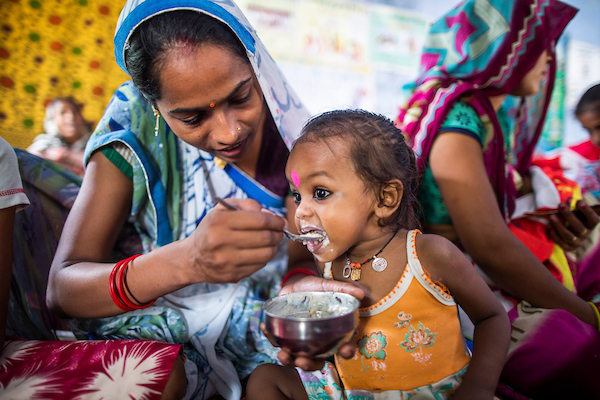

8. Neki Ki Deewar
Neki Ki Deewar was an inspired initiative, implemented with the motive of bringing people closer. General public was encouraged to donate their extra / unused clothing and other household items. These items were arranged and displayed on a wall. People from weaker sections of the society were then able to come and choose items as per their requirements and take them home. This not only brought people closer, it also helped create a sense of brotherhood and social harmony in a diverse society. In a very short span of time, more than 2600 cloth items were collected and distributed
9. Empowering rural women through NRLM
Identifying aspiring women through Self Help Groups, a comprehensive strategy was implemented to provide exposure and resources to these women to build sustainable livelihoods for them. Further to this, a group of such women were sent on dairy exposure visit. During this visit, the women were able to learn the entire dairy business ecosystem. This encouraged them to return and setup their own small businesses
The exposure visits and trainings were conducted on various industries and trading opportunities like dairy, chana, arhar, gud and exploring earning potential from neem. These groups were facilitated to have discussions with veterinary doctors for animal upkeep, and entrepreneurship development institute to help them setup their businesses holistically.
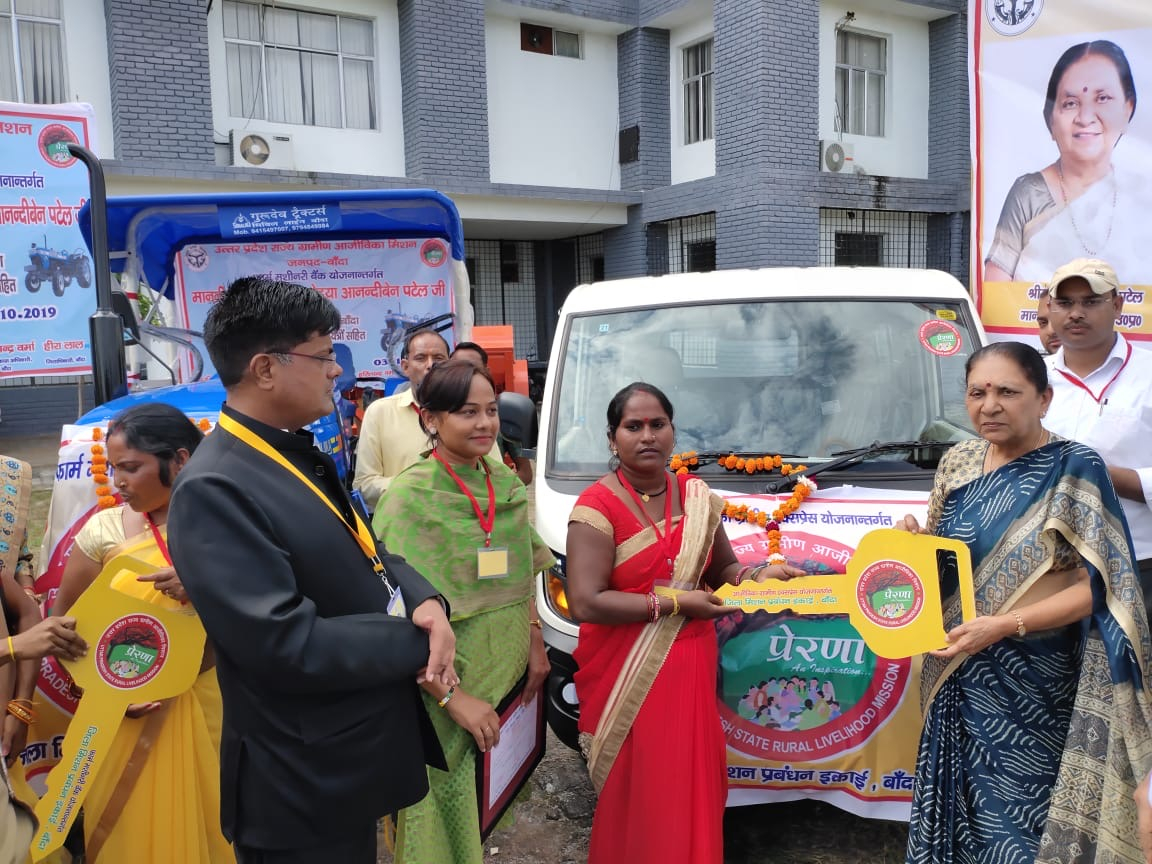

10. Promoting Tourism economy
Banda’s Kalinjer fort has been a known local tourist spot but had failed to garner mass attention, specially from nearby places. Taking this as an opportunity to not just promote tourism but also increase incomes of people involved in this ecosystem, a grand Kalinjer Mahotsav was conceptualized and implemented. During the mahotsav, various stalls were installed. These included those around agriculture, local handcrafts, items produced by local businesses etc. Many cultural programs exhibiting the local culture and traditions were organized. This created a buzz around the entire region about the fort and increased footfalls. This also helped local vendors as it overall helped increase their incomes. The popularity that the destination gained because of this mahotsav, has helped sustained increase in local incomes.